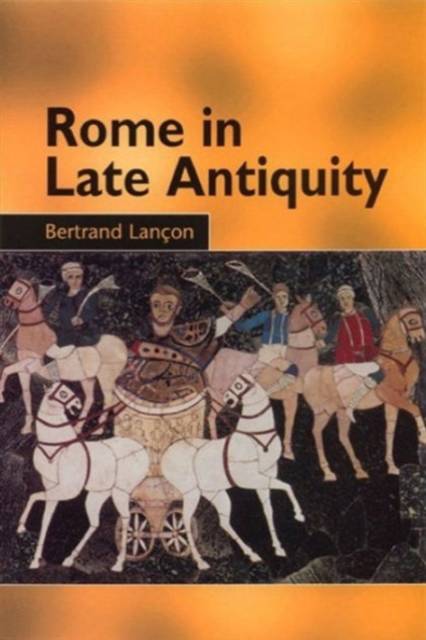
- Retrait gratuit dans votre magasin Club
- 7.000.000 titres dans notre catalogue
- Payer en toute sécurité
- Toujours un magasin près de chez vous
- Retrait gratuit dans votre magasin Club
- 7.000.0000 titres dans notre catalogue
- Payer en toute sécurité
- Toujours un magasin près de chez vous
Rome in Late Antiquity
Everyday Life and Urban Change, AD 312-609
Bertrand (Professor of Ancient History, University of Valencienn
Livre broché
47,45 €
+ 94 points
Format
Description
This is a history of life in ancient Rome from the third to the seventh centuries AD
Spécifications
Parties prenantes
- Auteur(s) :
- Editeur:
Contenu
- Nombre de pages :
- 186
Caractéristiques
- EAN:
- 9780748612406
- Date de parution :
- 01-09-00
- Format:
- Livre broché
- Dimensions :
- 233 mm x 155 mm
- Poids :
- 356 g

Les avis
Nous publions uniquement les avis qui respectent les conditions requises. Consultez nos conditions pour les avis.






